Medicine, mortality meet, and camp
After getting a glimpse of general surgery and general medicine, I observed the pulmonology and psychiatry departments last week.
Pulmonology is based on out-patient work similar to general medicine but is focused on respiratory problems. Most of the cases arriving in pulmonology are related to shortness of breath; the reason for this symptom is narrowed down primarily through pulmonary function tests (PFT) and X-rays, and the appropriate medicines are prescribed. These medicines are aggressively promoted by drug representatives who give mini-presentations about their pharmaceuticals to doctors. This is because a large percent of the rural population is exposed to dust particles which increases respiratory problems and makes pulmonology an increasingly important field in India.
- The OP room for pulmonology
- Inside the Psychiatry OP room
Psychiatry, on the other hand, studies functional issues related to the brain. According to psychiatrists, issues in the realm of psychiatry are largely stigmatized in India. Those requiring help don’t seek it due to negative labeling from family and friends. Moreover, since many psychiatric medicines are prescribed without scans confirming a given diagnosis, patients in rural areas frequently question the validity of such treatment. This stigma and lack of understanding around psychiatry is unfortunately present inside the medical profession itself, as doctors don’t refer cases to psychiatry even when a referral should be made. All of these societal issues create a very small patient base for psychiatrists practicing in rural areas. The psychiatrists I have worked with are delighted that this situation is gradually changing through increasing public awareness on the positive impacts of mental illness treatment.
My weekly departmental assignments account for a large part of my time here, but, after those departments close for the day, I visit the general surgery wards to glean at some interesting cases and nightly happenings at the hospital. During one of these days, I helped finish a PowerPoint presentation for a mortality meet. Every month, there is a mortality meet which presents the cases of a deceased patient so that doctors from various departments can discuss improvements for future cases (if improvements are possible). This presentation contains all of the relevant notes taken throughout the patient’s stay, so the audience is provided the information to ask questions at the end. It was exciting as well as frightening to hear these questions from professors being answered by post-graduates (residents), so I will be back for more next month.
In addition to the mortality meet, I visited an orthopedic camp held at a municipal office in Allagadda, AP. Comparing it to the general medicine camp that I had previously visited, this camp treated 645 patients while the older one treated 185 patients. Due to the high volume of patients, the time given to each patient at the orthopedic camp was a minute or two, while, at the general surgery camp, it was closer to five to ten minutes. Most of the issues seen at the ortho camp were related to joint pain (resulting in the prescription of a lot of pain killers, which was particularly interesting); on the other hand, the issues presented at the gen-surg camp were wide ranging. This ortho camp gave me an opportunity to put my gen-surg camp experience in perspective, and I got to see the local MLA in the process. Hopefully, I will have some more to write for next week.
Until then…

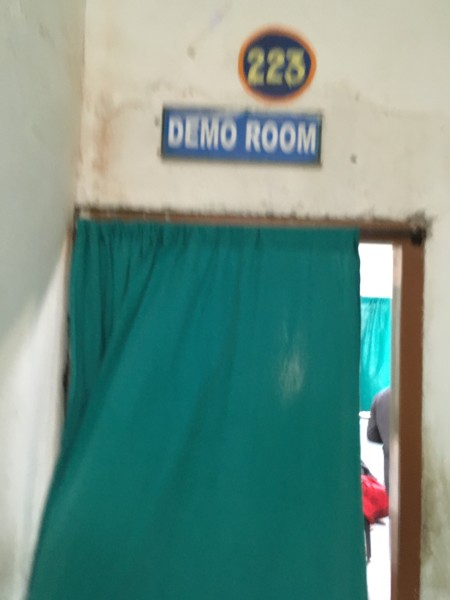
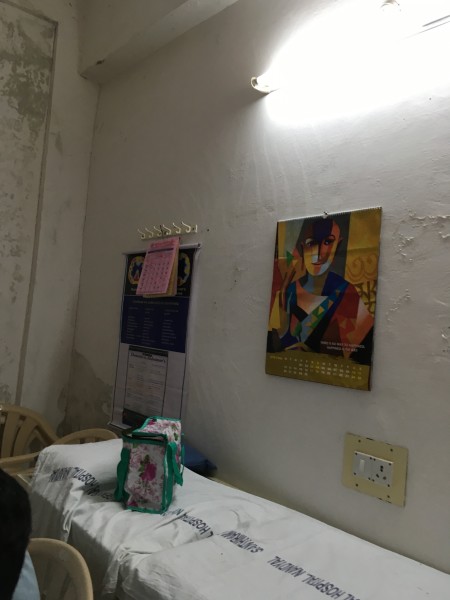
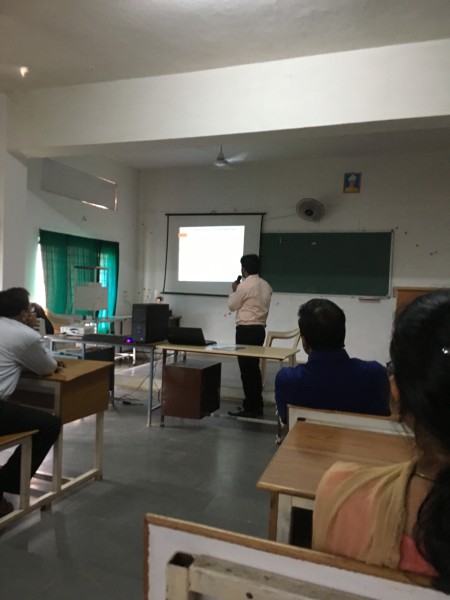
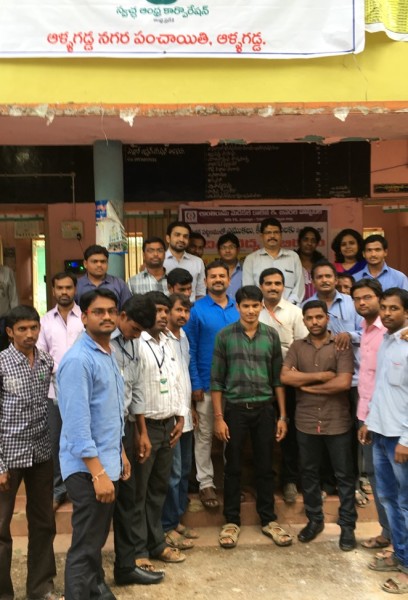
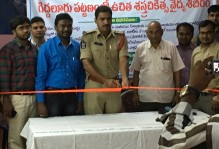

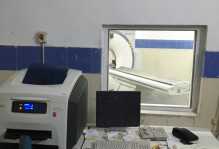
No comments.
Comments are currently closed. Comments are closed on all posts older than one year, and for those in our archive.